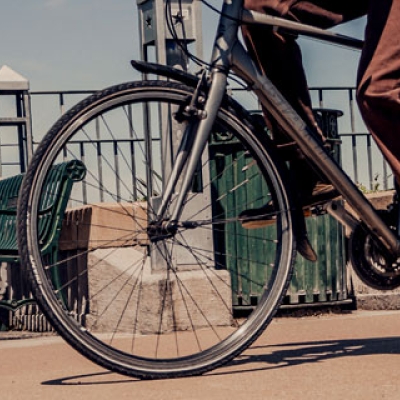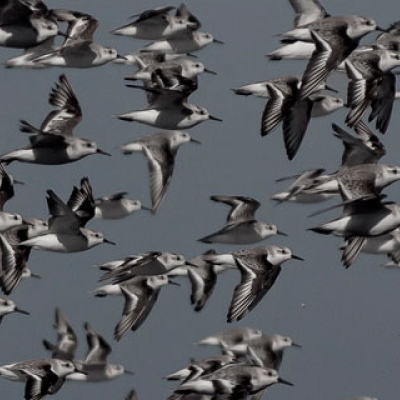Webinar: How to Use "Primer of Ecological Restoration" in Your Class
Primer of Ecological Restoration offers accessible, practical information on recent trends in the field, perfect for introductory classes. In twelve brief chapters, the book introduces readers to the basics of restoration project planning, monitoring, implementation, and adaptive management, as well as ecological principles to guide ecosystem recovery.








